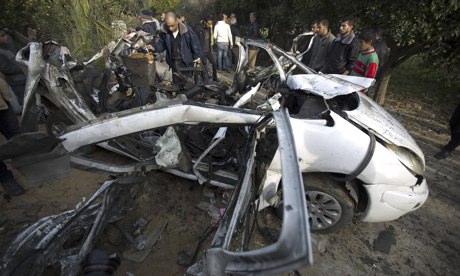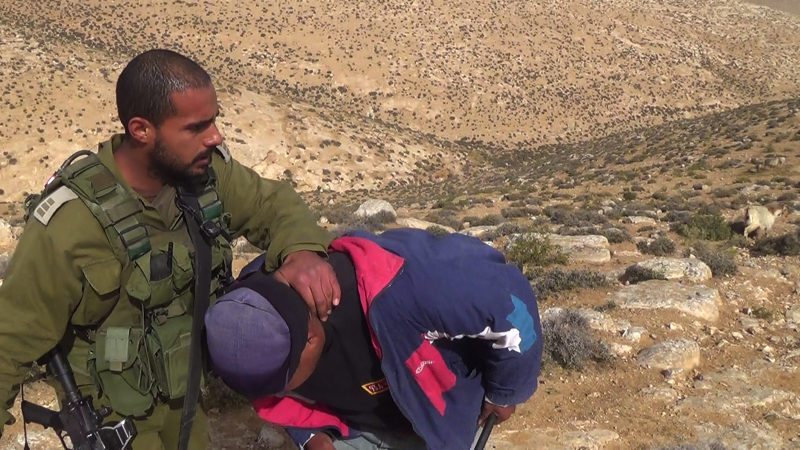-
Israeli warplanes kill member of Palestinian armed group and his cousin in Beit Hanoun, Gaza
23rd January 2014 | Palestinian Centre for Human Rights | Gaza, Occupied Palestine In an extra-judicial execution attempt, on Wednesday 22 January 2014, an Israeli drone fired a missile at a civilian car in Beith Hanoun, Northern Gaza. As a result, both passengers, a member of a Palestinian armed group and his cousin, were killed […]
-
Photos and video: Israeli forces’ gunfire blocks Palestinian farmland in Gaza
22nd January 2014 | Resistenza Quotidiana, Sil | Gaza, Occupied Palestine Since the Zionist occupation forces’ bulldozers had destroyed part of Khaled Qudaih’s field in Khuza’a, east of Khan Younis, he and his family went out to sow it again. The military responded with about half an hour of gunfire, threatening to strike Qudaih directly if he had not […]
-
Six arrests in three days in South Hebron Hills
January 20th, 2014 | Operation Dove | Hebron, Occupied Palestine Between January 18-20, four Palestinians and two Operation Dove (OD) volunteers were arrested by the Israeli police and army while Palestinian shepherds were grazing their flocks. On January 18 at 1:04 p.m. seven settlers came out from the illegal outpost of Havat Ma’on (Hill 833), entered […]
Action Alert An Nabi Saleh Apartheid Wall Arrests BDS Bethlehem Bil'in Cast Lead Demonstration Denial of Entry Ethnic Cleansing Farmers Gaza Global Actions Hebron House Demolition International law Israeli Army Jerusalem Live Ammunition Nablus Ni'lin Prisoner Ramallah Rubber-coated steel bullets Settlement Settlers Settler violence Tear-Gas Canister Video



